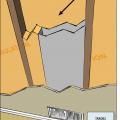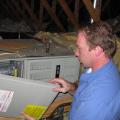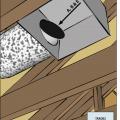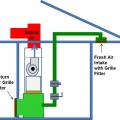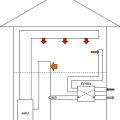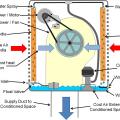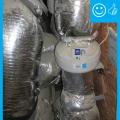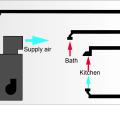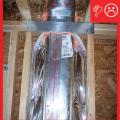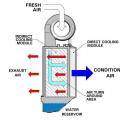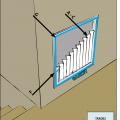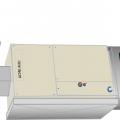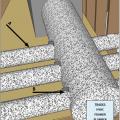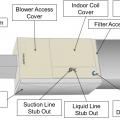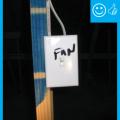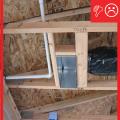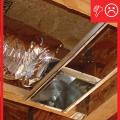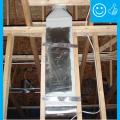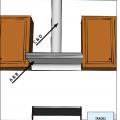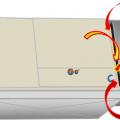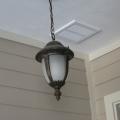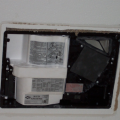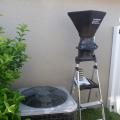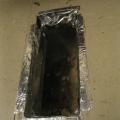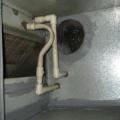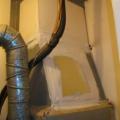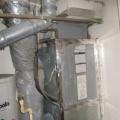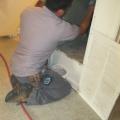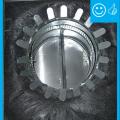Showing results 201 - 250 of 578
HVAC ducts, cavities used as ducts, and combustion inlets and outlets may pass perpendicularly through exterior walls but shall not be run within exterior walls unless at least R-6 continuous insulation is provided on exterior side of the cavity
HVAC technicians should regularly inspect furnaces and heat pumps for optimal performance.
If filter is inaccessible, locate the air filter between the return air plenum and the air handler box
If furnace is accessible, locate the air filter between the return air plenum and the air handler box
If HVAC duct must be installed in an exterior wall, separate it from the exterior with at least R-6 of continuous rigid insulation
If integrating an ERV/HRV with the heating/cooling duct system, add dedicated ducts for either the supply or return side to prevent short-circuiting of air distribution
If the furnace is hard to access, locate filters at return registers covered by hinged grilles that are easy to open from inside the home
In a typical old style multi-inlet evaporative cooler, the blower fan draws outside air in through multiple media filters and blows it into the home
In heating mode, split system heat pumps absorb heat from the outside air and “pump” that heat to the indoor air handler unit, which releases it to the inside air.
In this dwelling unit ventilation configuration, a forced air system provides outside air at the same rate as the air being exhausted from the bathroom fan; local kitchen exhaust is provided by a range hood with a dedicated makeup air intake
In this traditional steam header, the steam makes a 90-degree turn to supply the building, while the heavier water droplets are carried back to the boiler
In this ventilation configuration for a multifamily building, outside air enters through a dedicated outdoor air system (DOAS), and inside air exits the space through bathroom and kitchen exhaust fans
In this ventilation configuration, an air handler provides outside air at the same rate as the air being exhausted from a bathroom fan; local kitchen exhaust has a dedicated makeup air intake; dehumidification is provided separately
Inadequate amount of insulation installed with compression, misalignment, and voids
Incorporating vestibules to separate the garage from interior occupied space can reduce the transfer of contaminants.
Install a filter with a MERV rating of 6 or higher in each ducted mechanical system
Install a master vent tree to release air and prevent air binding which blocks steam heat from reaching its destination
Install supply registers in floors or ceilings to avoid routing ducts through exterior walls
Install the filter media box between the return air plenum and the air handler box
Intermittent supply and exhaust fans rated at ≤ 3 sones by manufacturer, unless rated flow ≥ 400 CFM
Leaks at the air filter cover panel can draw in unconditioned or undesirable air
Locate the fresh air intake away from pollution sources and in an easily accessible location
Lower-cost local ERVs are usually installed in a ceiling to supply outdoor air to and exhaust air from the room in which they are located
Manual D details show duct size and chase path


